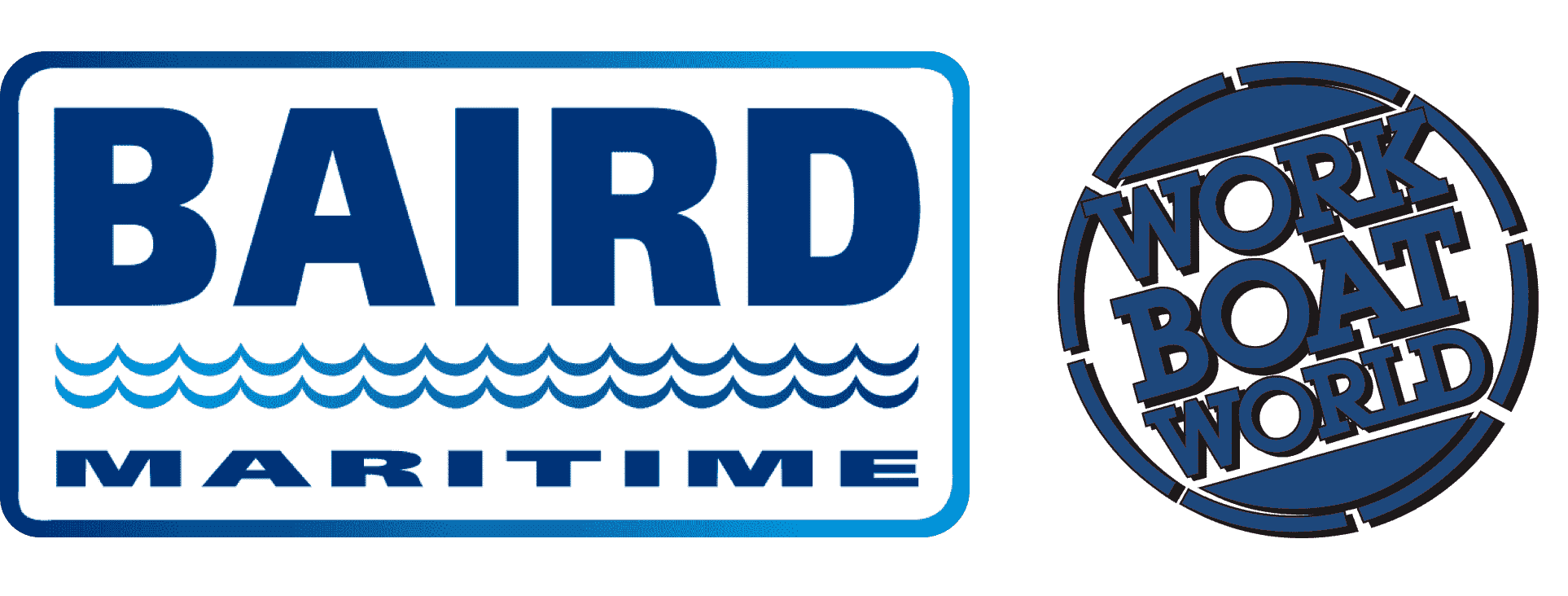VESSEL REVIEW | Three Gorges No 1 – Chinese survey and monitoring boat to be operated on Yangtze River
China Three Gorges Corporation has taken delivery of a new research vessel built locally by the Wuchang Shipbuilding Industry Group.
Three Gorges No 1 (三峡一号; Sanxia Yihao) will be used primarily for engineering surveys and environmental monitoring of inland waters, particularly the Yangtze River and the Three Gorges Dam in Hubei province.
The newbuild is of welded steel construction and has an LOA of 56.7 metres (186 feet), a beam of 9.8 metres (32 feet), a draught of only 2.1 metres (6.9 feet), a depth of 3.5 metres (11 feet), accommodation for seven crewmembers and up to 30 scientific personnel, and a displacement of approximately 629 tonnes. This makes Three Gorges No 1 the largest scientific research vessel by tonnage currently in operation on the Yangtze River.
The propulsion system will meanwhile deliver a maximum speed of around 13 knots and a cruising speed of 11.8 knots.
Multi-disciplinary platform for inland waters
The vessel boasts onboard wet and dry laboratories with testing and analysis facilities and equipment for gathering hydrological, chemical, biological, geological and meteorological data. Any details that have been collected can be transmitted to shore laboratories in real time with the aid of an integrated datalink.
The interior spaces also include a conference room.
A hydraulic crane with a lifting capacity of three tons is fitted on the stern while telescopic booms with sampling equipment are installed on either side.
The booms can be used to collect underwater sediment samples and aquatic organisms at depths of up to 200 metres (660 feet).
Capable of deploying unmanned vehicles
The vessel is equipped with a moonpool through which another telescopic boom with various sensors can be deployed in the water up to 0.5 metre (1.6 feet) past the bottom of the hull. Sensors that can be fitted on the boom include a fish finder, a Doppler velocity sensor, and various acoustic detection equipment.
The wheelhouse roof doubles as a takeoff and landing apron for small aerial drones that the crew can use to expand the vessel’s meteorological data-gathering capability.


